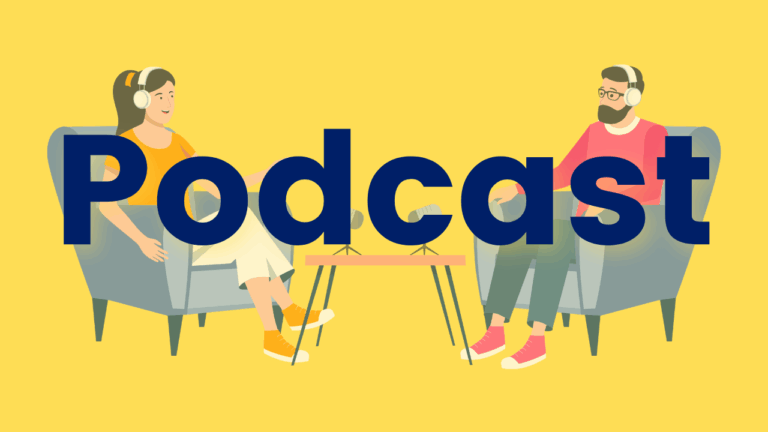Reading Road Trip: Classroom Comprehension with Dr. Kristin Conradi Smith, Tamara Williams & Ellen Frackelton
This week Kate talks to Kristin Conradi Smith, Tammy Williams, and Ellen Frackelton about research-based comprehension strategies for the classroom, including considerations for text selection and preparation, common pitfalls to avoid and “use it tomorrow” ideas. Bottom line: no more strategy of the week!




